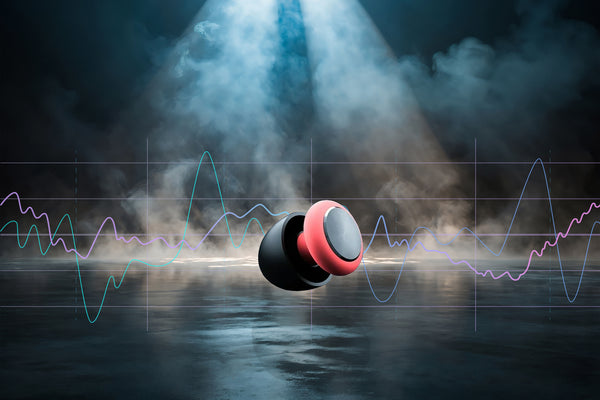Can Hearing Damage Be Reversed? Myths vs. Facts
The Hard Truth: Hearing Damage is Often Permanent
Many people believe that if they experience temporary ringing or muffled hearing after a concert or loud event, their ears will simply “heal” over time. While some short-term effects may subside, long-term hearing damage is often permanent. Let’s separate the myths from the facts when it comes to hearing loss and recovery.

Myth #1: Your Ears Can Fully Recover from Loud Noise Exposure
The Truth: Once the tiny hair cells in your inner ear (stereocilia) are damaged, they do not regenerate. Unlike skin or muscle cells, which heal over time, these essential sound-processing structures cannot repair themselves.
-
Temporary Threshold Shift (TTS) – Your hearing may seem to “bounce back” after loud noise exposure, but this is temporary adaptation rather than real recovery. Repeated exposure will lead to permanent damage.
- Permanent Threshold Shift (PTS) – Once hearing loss sets in, it doesn’t reverse itself. This is why prevention is crucial.
Protect your hearing before damage occurs—because once it’s gone, it’s gone.
Myth #2: If You Don’t Feel Pain, Your Ears Are Fine
The Truth: Hearing damage isn’t always noticeable at first. Pain is not a reliable indicator because hearing loss occurs gradually. Many people don’t realize they have damage until it’s too late.
-
High-frequency sounds are the first to go – Many people with hearing damage first notice they can’t hear higher-pitched sounds, such as birds chirping or certain consonants in speech (like “s” and “th”).
- By the time you notice a problem, damage is already done – Regular hearing check-ups and protection are essential for preventing further loss.
Myth #3: Hearing Aids or Surgery Can Restore Your Hearing
The Truth: Hearing aids do not restore lost hearing—they only amplify sound to make it easier to hear. Cochlear implants can help people with profound hearing loss, but they do not bring back natural hearing.
-
Hearing Aids – These devices amplify certain frequencies, making speech and sounds easier to hear, but they don’t fix damaged hair cells.
- Cochlear Implants – For severe cases, these implants send electrical signals to the brain, bypassing damaged hair cells, but they don’t provide normal hearing.
Bottom Line: The best solution is prevention—not relying on future technology to fix irreversible damage.
Myth #4: Only Old People Get Hearing Loss
The Truth: Hearing loss is happening to younger generations faster than ever before. Thanks to earbuds, concerts, and loud workplaces, 1 in 5 teens already has some form of hearing damage.
-
Unsafe headphone use – Listening at over 60% volume for long periods can be just as damaging as a concert.
- Concerts & nightlife – Repeated exposure to 100+ dB environments without protection accelerates hearing loss.
Hearing damage is happening younger than ever. Protect your ears now.
Protect Your Hearing: What You Can Do Now
Since hearing damage is permanent, prevention is key. Here’s how you can take action:
-
Wear High-Fidelity Earplugs – Protect your ears without muffling sound (Spares is a great option!)
- Follow the 60/60 Rule – Keep headphone volume under 60% and limit listening to 60 minutes at a time.
- Take Breaks – Give your ears time to recover after loud events.
- Increase Distance from Loudspeakers – Every step away from a speaker dramatically reduces volume exposure.
- Schedule Regular Hearing Tests – Catch early signs of hearing loss before they worsen.
Spares: The Best Defense Against Permanent Hearing Loss
At concerts, clubs, or loud workplaces, Spares earplugs help prevent damage without sacrificing sound quality. Designed for musicians, music lovers, and professionals, they reduce dangerous noise while keeping clarity intact.
Once your hearing is gone, it’s gone. Protect it now. Grab Your Spares today!

